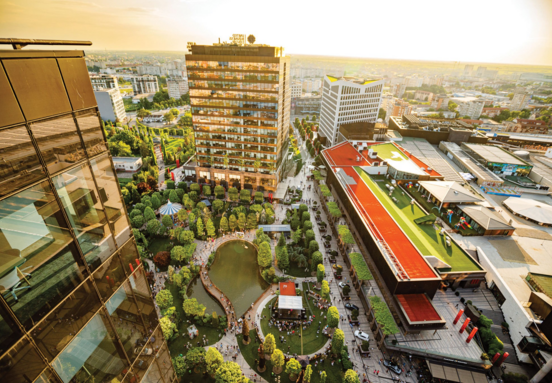Credit recovery remains constrained by high non-performing loan (NPL) ratios. NPL levels have recently declined from very high levels markedly in Romania and Kazakhstan, following strong policy steps by the regulators.
According to EBRD, real GDP growth in Romania in 2014 was of 2.8 percent and although initially the forecast for 2015 was a 2.8 percent increase, EBRD forecast for the current year in terms of real GDP growth is now 3 percent, up 0.2 percent since January. For 2016, there is a 3.2 percent increase forecasted.
EBRD also shows in its latest Regional Economic Prospects report that Romania’s economy grew by 2.8 per cent in 2014, on the back of strong private consumption, boosted by a rise in minimum wage in mid-2014, while contribution of net exports remained low and investments subdued. Recent and prospective interest rate cuts, enabled by inflation falling on the back of energy and food prices, will continue to boost domestic demand in 2015 and 2016, also shows the bank’s report. Rising industrial confidence and the deprivation of inventories may lead to a rise in investments after two years of fall. A recent reduction in NPLs following proactive provisioning policies by the central bank – a first in the region - should help the credit supply. Government expenditure is expected to rise in order to absorb more EU funds, as absorption rate still remains the lowest in EU. Overall, these should enable domestic demand to edge up.
Somewhat stronger growth in Eurozone, albeit still moderate, may push up Romania’s net exports in the near term, keeping growth at around 3 percent in 2015 and 3.2 percent in 2016, among the highest in emerging Europe.
Meanwhile, annual average inflation is expected to remain at an average of 0.5 percent in 2015, on the back of June cuts in VAT on food products, as well as low inflation expectations and lower commodity prices. (source: business-review.eu)






